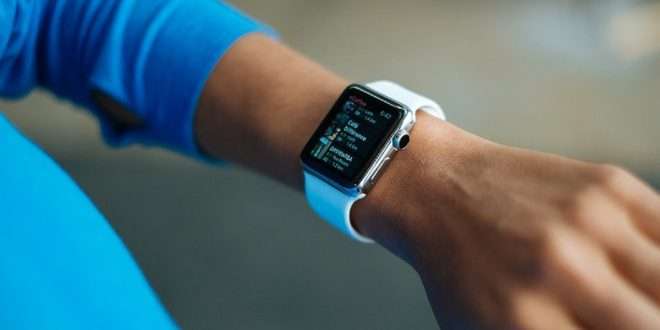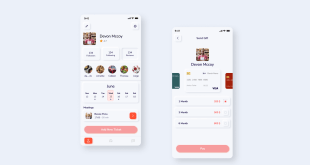The digital revolution has ushered in a new era of innovation, and wearables have emerged as a cornerstone of this transformation. Smartwatches and AR glasses represent the fusion of technology and fashion, revolutionizing the way we interact with the digital world. To stay ahead of the competition, businesses must adapt their web design approach to cater to the unique challenges and opportunities presented by wearable devices.
Understanding the Unique Challenges of Wearable Web Design
Screen Size and Real Estate Constraints
Smartwatches and AR glasses have significantly smaller screens compared to traditional devices like smartphones and laptops. Web designers must optimize content and layout to accommodate limited real estate without compromising on user experience.
Interaction Methods
Wearable devices employ various interaction methods, such as touch, voice commands, and gestures. Designers need to create intuitive and user-friendly interfaces that adapt seamlessly to these different input modalities.
Contextual Relevance
Wearable devices are often used in dynamic and contextually sensitive situations. Web designers should focus on delivering content that is highly relevant and easily digestible for users on the go.
Key Principles for Effective Wearable Web Design
Prioritize Essential Information
Due to limited screen space, it is essential to prioritize crucial information and present it prominently. A clean and minimalist design ensures users can quickly grasp the primary purpose of your web page.
Responsive Design for Cross-Device Compatibility
Your web design should be responsive and compatible with various wearable devices, ensuring a consistent experience across different screens.
Fast and Lightweight Pages
Speed is of the essence in wearable web design. Optimize your website’s loading times by compressing images, leveraging browser caching, and minimizing HTTP requests.
Crafting Engaging Content for Wearables
Concise and Scannable Text
Keep your text concise, easy to read, and scannable. Use bullet points and numbered lists to present information in a digestible format.
Visual Content and Iconography
Leverage visual content and iconography to convey information quickly and efficiently. Visuals play a crucial role in engaging users on wearables.
Voice User Interface (VUI)
Integrate voice user interfaces to enhance user experience and provide hands-free interactions on devices with voice capabilities.
Leveraging Wearable-Specific Features
GPS and Location-Based Services
Incorporate GPS and location-based services to deliver personalized and location-specific content to users, enhancing the overall user experience.
Notifications and Alerts
Take advantage of wearable devices’ notification capabilities to keep users informed about important updates and events in real-time.
Final Words
Web design for wearables presents a unique set of challenges and opportunities. By prioritizing essential information, creating intuitive interfaces, and leveraging wearable-specific features, businesses can craft seamless experiences that leave a lasting impression on users. Embrace the wearable revolution and stay at the forefront of the digital landscape.
Commonly Asked Questions
Q1: How can I ensure my website is optimized for wearables?
A: To optimize your website for wearables, focus on responsive design, prioritize essential information, and leverage wearable-specific features like GPS and notifications.
Q2: What design elements work best for wearable interfaces?
A: Concise text, scannable content, and visual elements such as icons and images work best for wearable interfaces, ensuring easy comprehension on small screens.
Q3: How do I adapt my existing website for wearable devices?
A: To adapt your existing website, implement responsive design, optimize loading times, and restructure content for better readability on smaller screens.
Q4: What role does voice technology play in wearable web design?
A: Voice technology, or VUI, plays a significant role in enhancing user experience on wearables by enabling hands-free interactions and efficient information retrieval.
Q5: How can location-based services benefit my wearable website?
A: Location-based services offer personalized and contextually relevant content, making the user experience more engaging and valuable.
 webfily
webfily



